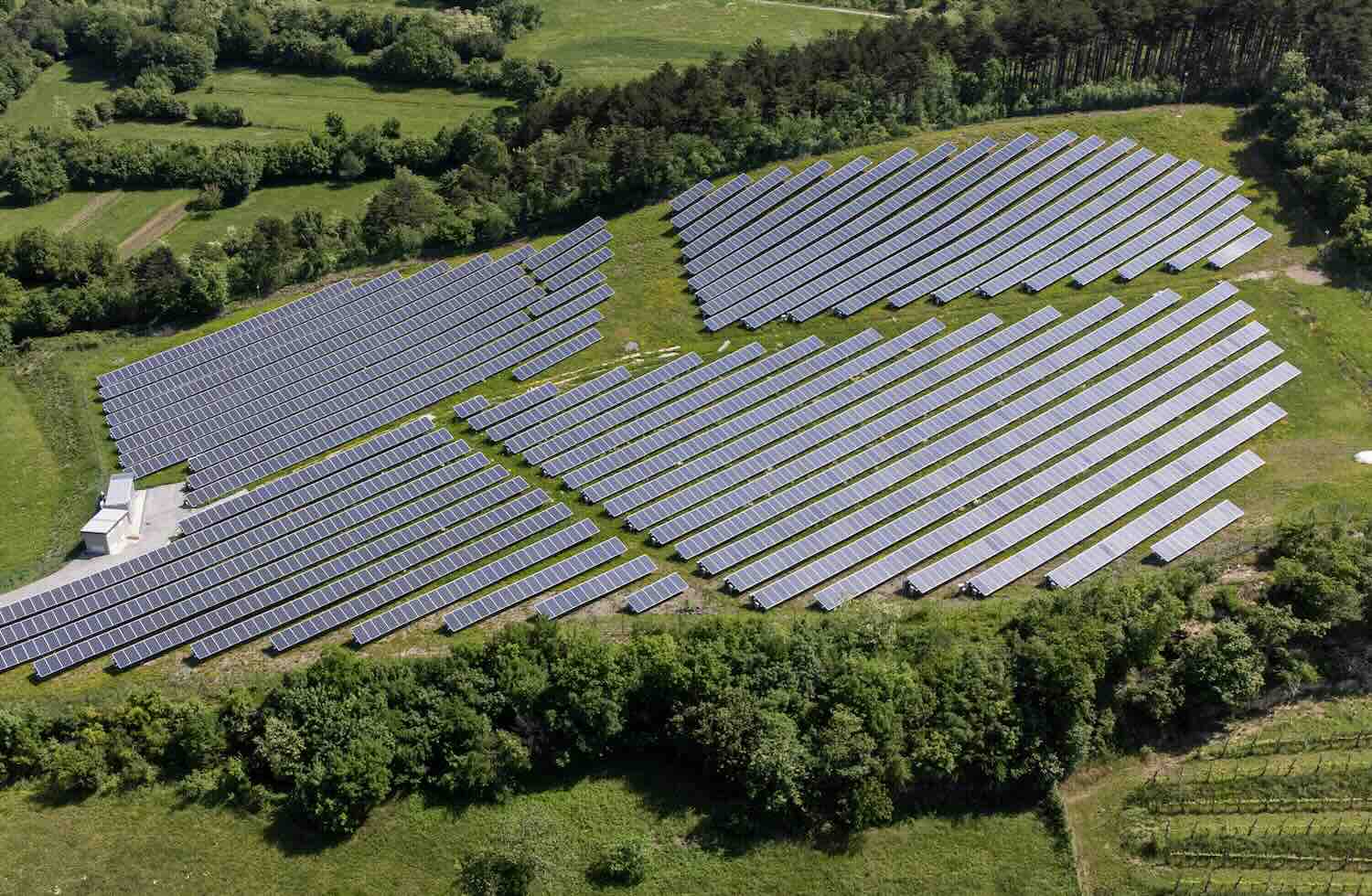ImpactAlpha, Sept. 23 – Carbon dioxide has gotten most of the attention in the fight against climate change. But it is another compound, methane, that is responsible for about half of the 1.1 degree Celsius net rise in global average temperature since the pre-industrial era.
Methane action is emerging as perhaps the most tangible and immediate way to curb global warming in the crucial decade ahead.
Just this week, the U.S. and Europe launched a campaign to cut methane emissions by 30% by the end of the decade. The U.S. Environmental Protection Agency is also proposing stricter regulations around the gas, which is shorter-lived in the atmosphere than carbon dioxide but as much as 80 times more heat-trapping.
And U.S. lawmakers are considering a plan to assess a fee of $1,680 per ton for methane emissions. That’s at least two orders of magnitude higher than the going cost of a ton of carbon, and probably understates the value of reducing methane emissions as a way to forestall climate catastrophe.
“This is a great week where pledges to abate, drawdown and avert methane emissions are starting to come together and get real,” said Stephan Nicoleau of Full Cycle, an investment firm that focuses on climate technologies that mitigate short-lived climate pollutants, or SLCPs. “We are putting a price on what that will look like,”
For firms like Full Cycle that build, own and operate green infrastructure such as waste-to-value and controlled agriculture, that could mean a lucrative revenue stream in high-quality methane offsets.
“If we have price signals in the market, we can have robust schemes and credits that allow folks to ostensibly minimize and offset or neutralize their emissions, and most importantly we can price in the real costs of doing business.”
Methane math
Methane is released into the atmosphere by agriculture and livestock, decaying waste and landfills, and fossil fuels. It is the key component of natural gas, and escapes into the atmosphere from pipeline leaks and flaring, as well as from coal mining and oil operations. Methane and other SLCPs such as hydrofluorocarbons, nitrous oxide and black carbon, or soot, are not only potent warmers but contribute to air pollution that kills 7 million people prematurely each year.
Over a hundred-year period, one ton of methane emissions causes as much warming as 28 to 36 ton of CO2, according to the International Energy Agency. But that actually understates the methane’s potency because the molecule degrades over time. In the shorter-term, like 20 years, methane may be more than 80 times as potent as carbon dioxide in terms of global warming potential, or GWP.
The landmark Intergovernmental Panel of Climate Change report released in August highlighted the outsize role that methane and other SLCPs play in planetary warming. A U.N. global methane assessment suggests that a 45% reduction in methane emissions would avoid nearly 0.3 degrees Celsius of global warming by the 2040s.
The inclusion of a methane fee in the proposed $3.5 trillion spending bill being negotiated in Congress, in particular, could have wide-ranging implications for agricultural and oil and gas companies. A study by Resources for the Future found that even modest methane fees of $500 to $1,500 a ton would result in substantial reduction in methane leaks with little impact on prices.
The methane moves could help lead to a true accounting of the costs of fossil fuel, particularly natural gas, which advocates had billed as “clean.” A key issue: how to get an accurate measure of emissions.
Escaped methane emissions from the oil and gas industry may be undercounted by 60% or more, according to the Environmental Defense Fund. Satellites and software technology are helping to better detect, predict and measure methane emissions, making it harder for polluters to hide.
A Citigroup analysis reported by Bloomberg suggests that if methane fees are based on emissions reported by oil and gas companies themselves, the financial impact would be less than 1% of their 2023 earnings. If tied to the more accurate reporting of emissions detected by satellites, however, the financial hit could reach 8.5% of earnings.
There are also efforts to strengthen reporting standards for the industry. The U.N.-backed coalition Oil & Gas Methane Partnership has developed a reporting framework for oil and gas companies guidance intended to improve the clarity and credibility of oil and gas industry methane emissions data.
Investors including CalSTRS, Legal & General Investment and Allianz SE representing more than $5 trillion in assets in May urged Biden officials to strengthen regulations around methane for the oil and gas industry.
Eight countries, including Argentina, Indonesia and the U.K., have signed onto the U.S. and E.U.’s Global Methane Pledge. The partners will continue to press more nations to sign on ahead of COP26. A similar 2016 pact between the U.S., Canada and Mexico to cut methane emissions was scuttled by the Trump administration.











